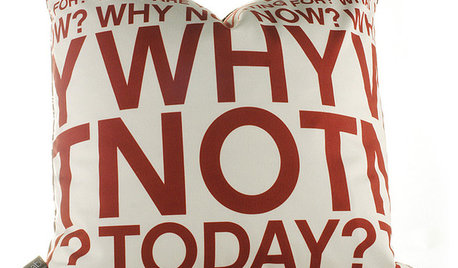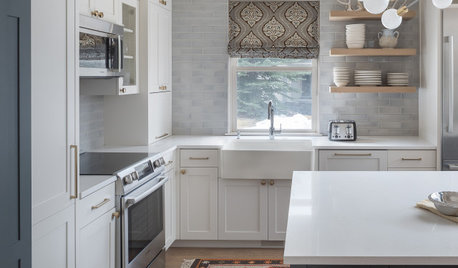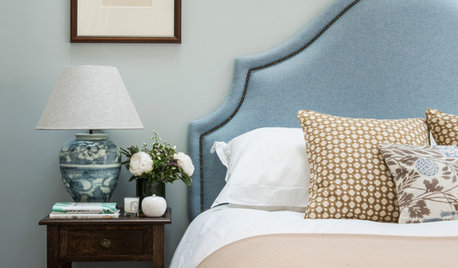How to retrofit pants to add elastic at the back?
linnea56 (zone 5b Chicago)
4 years ago
Featured Answer
Sort by:Oldest
Comments (11)
linnea56 (zone 5b Chicago)
4 years agoRelated Professionals
East Rancho Dominguez Landscape Architects & Landscape Designers · Burien Landscape Contractors · Chelmsford Landscape Contractors · Louisville Landscape Contractors · Hawaiian Gardens Landscape Contractors · Dallas Furniture & Accessories · Houston Furniture & Accessories · Port Chester Furniture & Accessories · Vail Furniture & Accessories · Lake Magdalene Furniture & Accessories · Des Moines Furniture & Accessories · Ventura Furniture & Accessories · Pleasant Grove Furniture & Accessories · Foster City Staircases & Railings · North Wantagh Staircases & Railingslinnea56 (zone 5b Chicago)
4 years agolinnea56 (zone 5b Chicago)
4 years agoc t
3 years ago
Related Stories

DECORATING GUIDESThe '70s Are Back. Can Ya Dig It?
No need to cringe. These 21 groovy blasts from the past are updated to look fabulous today
Full Story
DECORATING GUIDESStretch Your Design Possibilities With Polyester
You know it from psychedelic stretch pants (er, maybe not personally). But did you know it's now in rugs, coatings and glass substitutes?
Full Story
ORGANIZING7-Day Plan: Get a Spotless, Beautifully Organized Kitchen
Our weeklong plan will help you get your kitchen spick-and-span from top to bottom
Full Story
DECORATING GUIDESTextile Textbook: Know Your Natural Fibers
Whether you desire fresh linen sheets or a swanky mohair rug, Mother Earth has you covered
Full Story
LAUNDRY ROOMSOne of the Biggest Building-Code Offenders in the Laundry Room
A dryer vent specialist shares what to do — and what to avoid — to keep things safe and efficient
Full Story
HOUSEKEEPINGHow to Clean Your Washing Machine
Cleaning your washer once a month will ensure that it stays spick-and-span along with your clothes
Full Story
BATHROOM DESIGN5 Common Bathroom Design Mistakes to Avoid
Get your bath right for the long haul by dodging these blunders in toilet placement, shower type and more
Full Story
HOUSEKEEPING10 Things Neat Freaks Know to Be True
Do you err on the incredibly tidy side? Then you probably already live by these nuggets of neat wisdom
Full Story
KITCHEN DESIGN10 Ways to Design a Kitchen for Aging in Place
Design choices that prevent stooping, reaching and falling help keep the space safe and accessible as you get older
Full Story
MOST POPULARHow to Remodel the Laundry Room
Use this step-by-step guide to figure out what you want and how to make it happen
Full StorySponsored






blubird